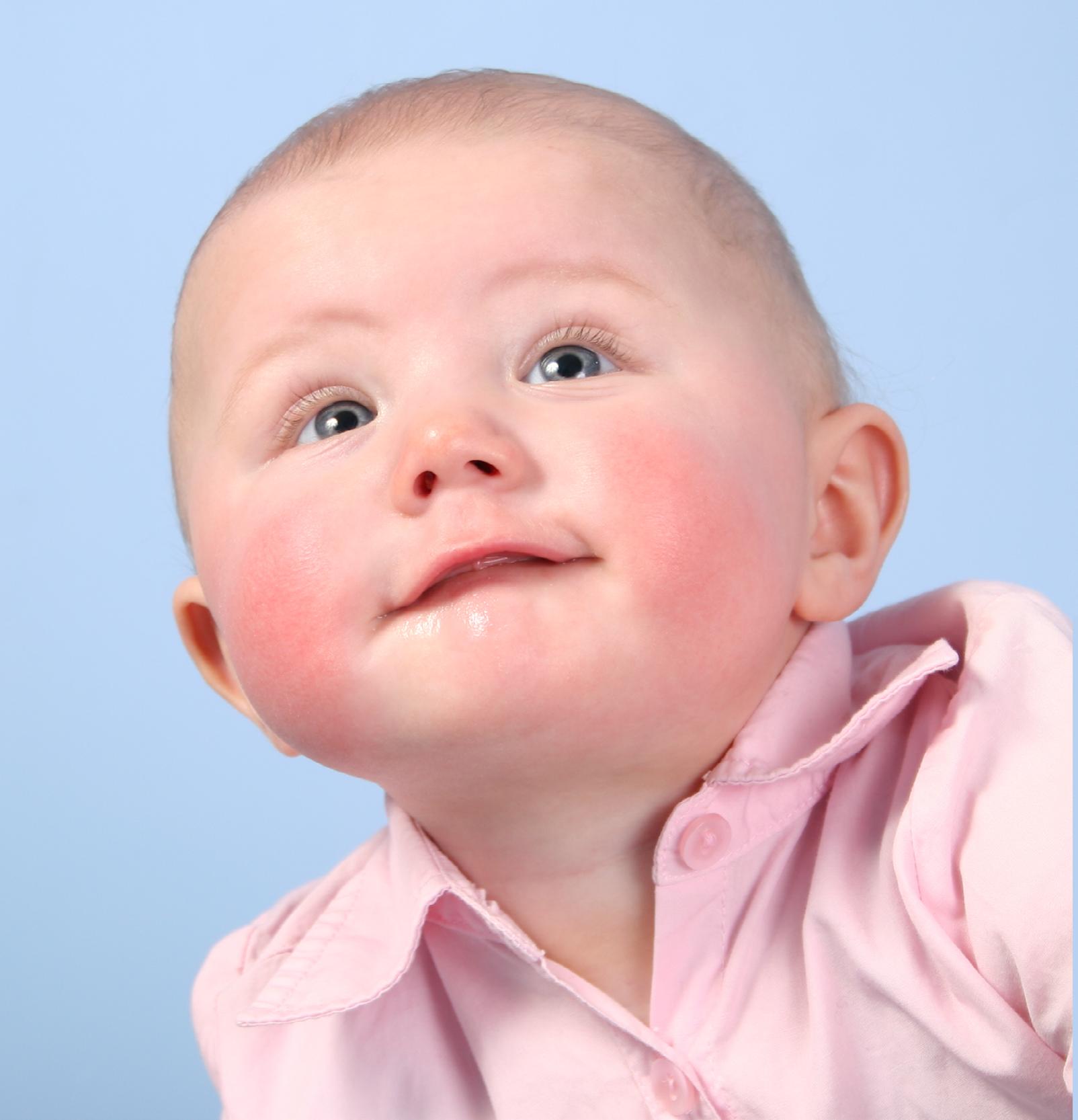
4 minute read
Super Smiles– Optimizing oral health
Every time you test the temperature of your baby’s bottle with your mouth or share food, a straw, or a utensil with your toddler, you’re also sharing bacteria that cause tooth decay. That’s right, cavity-causing dental decay is an infectious, transmissible disease that parents can unknowingly pass to their children, per the National Institutes of Health (NIH).
After decades of decline, the rates of cavities in children under 5 are on the rise; experts blame a diet higher in sugary foods and drinks. The National Institute of Dental and Craniofacial Research (part of the NIH) reports that one-third to one-half of children under age 5 develop cavities in baby teeth. But like many infectious diseases, dental decay is preventable. Here’s how to protect your child’s oral health, even if pearly whites are still months away.
When to Visit a Dentist
In the National Poll on Children’s Health (Mott Poll), researchers found that most parents weren’t sure when their child should first visit the dentist. Out of this majority, over 16 percent believed kids didn’t need to visit a dentist until after age 4, reflecting a common misbelief that cleaning baby teeth isn’t all that important—they’ll just fall out anyway, right?
Wrong. Decay in baby teeth harms oral health both now and for years to come. The bacteria that cause tooth decay in baby teeth can break down enamel of permanent teeth as they begin to come in, making these teeth more vulnerable to cavities. And because baby teeth serve as placeholders that guide permanent teeth into position, losing baby teeth too early as a result of tooth decay can create a crooked, crowded smile later on.
Scheduling a dental visit by age 1, or six months after the first tooth pops up, helps safeguard oral health in a few important ways, per experts at C.S. Mott Children’s Hospital. First, establishing a relationship with a dentist early on helps pave the way for less stressful visits in the future, when your child begins “real” dental cleanings or needs a filling. Visiting the dentist by 12 months of age also helps the dentist spot any early signs of trouble and provide advice on the best way to care for your child’s teeth.
Little Cavities, Big Deal
What’s the dentist looking for at these early visits? Before tooth decay causes a cavity, it may cause white spots on tooth enamel, which signal that the enamel is breaking down. From there, a cavity may look like a small, light-brown spot on a child’s tooth. If the cavity isn’t treated, the spot becomes larger and may turn darker brown or black.
More advanced tooth decay may cause a toothache, sensitivity to hot or cold, bad breath and swelling. Per the American Dental Association, tooth decay in baby teeth can affect a child’s overall general health as well.
If Baby Has a Cavity
After a dental exam, the dentist may suggest X-rays to help diagnose tooth decay. In many cases, small cavities can be filled in a single visit; the dentist removes decayed enamel and uses tooth-colored material to fill the hole. The process may not be fun, but kids shouldn’t experience pain and can usually eat or drink soon afterward.
Caring for Gums and Baby Teeth
Before baby’s teeth appear, use a (clean) soft cloth or small piece of gauze to gently wipe the gums after feedings. This helps prevent sugary milk or food residue from remaining on baby’s gums, providing an environment where the bacteria that cause tooth decay can grow.
Parents should start brushing baby’s teeth as soon as the first one appears, advises Stanford Children’s Health. Young toddlers need just a dab of toothpaste (the size of a grain of rice), while preschoolers can use a pea-size amount. After age 2, add flossing to your child’s routine.
Does your toddler need an electric toothbrush? Most dentists say no—a child-sized, extra-soft toothbrush will work—allow kids to choose the toothbrush (or at least the color) themselves. Consider The Super Toothbrush from The Super Dentists (for kids ages 3 to 7), which features AR technology and a song to let kids know how long to brush. v
Malia Jacobson is a health and family journalist.
Fun Apps that Help Tots Brush
• Brush Up: Toothbrush Trainer
• Toothsavers Brushing Game
• Disney Magic Timer
• Brush DJ
• Chomper Chums
Local Mom Tips
Baby Guide 2020 • SanDiegofamily.com •






